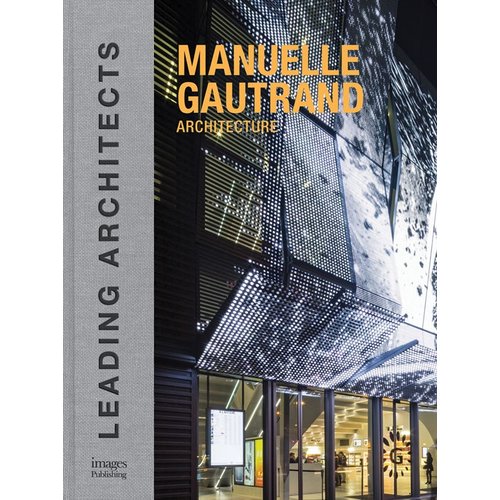Frederic Schwartz, who died on April 28 after struggling with cancer, wasn’t so much an architect as a public citizen who used architecture as a tool to improve lives. Other tools included empathy and patience. His best-known project in New York was the Staten Island Ferry Terminal, a project he inherited from his former employers, Robert Venturi and Denise Scott Brown, after public officials tinkered with their design so many times they felt unable to continue. Schwartz picked up where they left off, focusing not so much on making a statement, architecturally, as on obtaining support for what he saw as an essential civic improvement. He once estimated that he had attended more than 600 meetings, with community boards and city, state, and federal agencies, to get the approvals he needed.
Schwartz was famously loyal, particularly to Venturi and Scott Brown. Schwartz helped save the Lieb House, designed by Venturi for a site on the New Jersey shore and threatened with demolition in 2009, by securing a new location for it on the North Shore of Long Island. And he worked, successfully, to get the American Institute of Architects to change a rule that allowed the Gold Medal to be awarded only to individuals. Now partners, including Scott Brown and Venturi, can receive the prize. (Schwartz was himself part of an intensely loyal couple; he and his partner and wife, Tracey Hummer, an editor and master logistician, worked side-by-side for years.) Another sign of his loyalty: he changed almost nothing in the apartment he inherited from the architect Alan Buchsbaum, a friend who died of AIDS in 1987; he wanted to keep Buchsbaum’s creation intact. (Notably, Schwartz also edited a book of Buchsbaum’s work.)
He was also a passionate teacher, guiding students at Columbia,Yale, Harvard, the University of Pennsylvania, and Berkeley, among other institutions. He traveled widely—he was designing a school in Africa and an airport in India at the time of his death. And he adopted cities he loved, particularly New Orleans. In 2006 his firm, Frederic Schwartz Architects, was chosen by the New Orleans City Planning Commission to lead the rebuilding of portions of the city housing 43 percent of its post-Katrina population. Schwartz held over 100 neighborhood meetings that resulted in 50 “bricks and mortar” proposals for funding by the Louisiana Recovery Authority on behalf of residents hoping to return home.
Schwartz, who grew up on Long Island, was loyal, most of all, to New York City. And it was after 9/11 that the qualities that made him a great architect were most in evidence. Though he had no official role in the Ground Zero rebuilding, he came out with a bold proposal: to bury West Street as it passed between the World Trade Center site and the World Financial Center. That would have made room for new construction while allowing much of Ground Zero to remain untouched, as a memorial. A kind of prophetic figure, with a beard that occasionally reached biblical lengths, he urged city leaders—sometimes at three or four meetings a day—not to squeeze too much onto the site. As The New York Times reported in 2002: “He would listen patiently before taking the floor to remind the assembled that the objective was to create a plan that would include all of Lower Manhattan, not just ground zero. "I would say: 'Don't you get it? If you keep thinking about the site, you're stuck.'""
When it came time to makes specific plans for the rebuilding at Ground Zero, Schwartz helped form the Think Team (along with David Rockwell, Shigeru Ban, Ken Smith, and others). Its most memorable proposal was for two latticework towers into which cultural and civic facilities would be inserted over time. The Think Team’s towers lost to Daniel Libeskind’s master plan, a decision that was all about politics (as even Libeskind concedes), not architecture. The best design did not win.
But Schwartz didn’t hold a grudge, and he went on to design a number of memorials to the victims of the terrorist attacks. The first to be built, in Valhalla, in Westchester County, consists of a curved filigree tower reaching into the sky, suggesting companionship of infinite duration. It is a remarkably moving, and yet admirably modest, work.
The second of his 9/11 memorials, in Liberty State Park, in Jersey City, is more ambitious. It consists of a pair of stainless steel walls, their proportions suggesting “twin towers” laid down to rest, that together form a canyon aimed across the Hudson River at Ground Zero. I have visited both memorials with my children; they experienced buildings that serve to humanize and harmonize—architecture with meaning. And in that way, they experienced Fred Schwartz.









